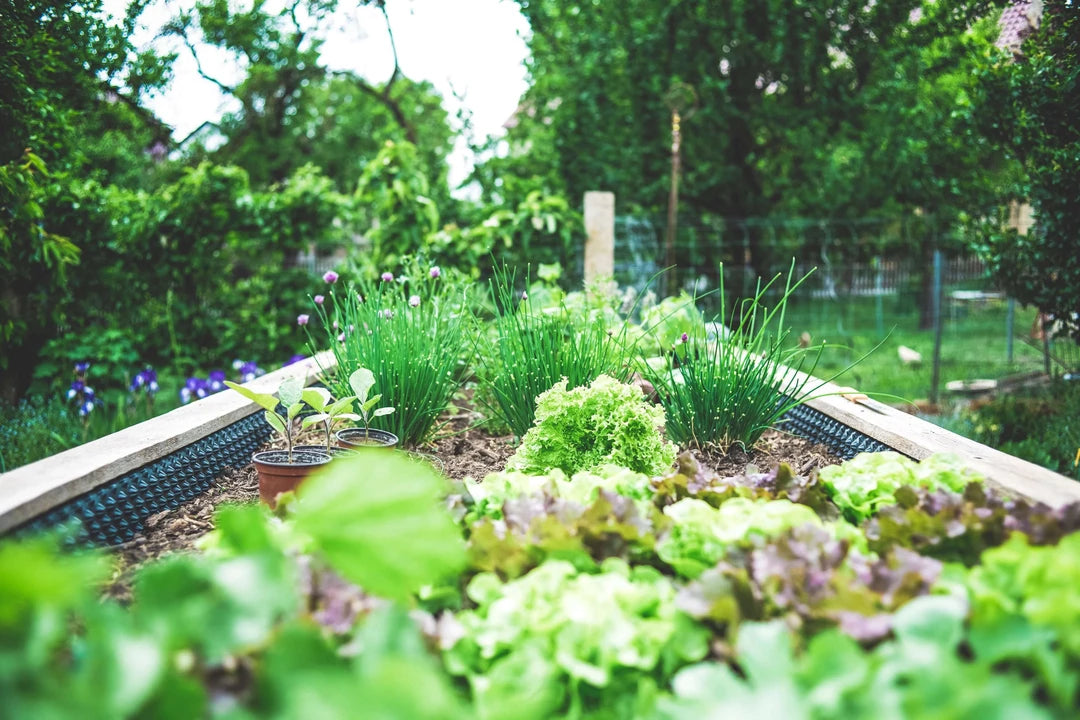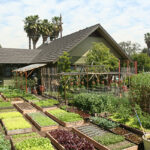Welcome to the beginners guide to food preservation! In this article, we’re going to explore various methods and techniques that are essential for anyone interested in maintaining a self-sufficient lifestyle. Whether you’re a budding homesteader or simply want to extend the shelf life of your groceries, understanding the art of food preservation is crucial.
Food preservation is not just about storing food for longer periods; it’s about knowing the right methods to maintain the quality, flavor, and nutrition of your food. This guide will introduce you to a variety of preservation techniques, ensuring that you can enjoy your harvest all year round.

The Importance of Food Preservation
Understanding the significance of food preservation is the first step in our beginners guide to food preservation. It plays a vital role in reducing food waste, saving money, and providing a reliable source of food during off-seasons. For homesteaders, preserving food is a way to become more self-reliant and less dependent on grocery stores.
Methods of Food Preservation
Canning
Canning is a popular method that involves sealing food in airtight containers. This technique can be divided into two types: water bath canning and pressure canning. Water bath canning is ideal for high-acid foods like fruits, while pressure canning is suitable for low-acid foods such as meats and vegetables.
Freezing
Freezing is one of the simplest and most effective ways to preserve food. By storing food at low temperatures, you can maintain its nutritional value and taste for months. However, it’s essential to use proper packaging materials to prevent freezer burn.
Drying
Drying, or dehydrating, removes moisture from food, inhibiting the growth of bacteria and mold. This method is excellent for preserving fruits, vegetables, and herbs. You can use a food dehydrator or an oven to dry your produce effectively.
Fermentation
Fermentation is a natural process that converts sugars into acids, gases, or alcohol. This method not only preserves food but also enhances its flavor and nutritional value. Popular fermented foods include sauerkraut, kimchi, and pickles. For more insights, check out this guide on fermenting foods.
Root Cellaring
Root cellaring is an age-old technique that involves storing fruits and vegetables in a cool, dark, and humid environment. This method is perfect for root vegetables like potatoes, carrots, and turnips. For more creative ideas, explore root cellar storage ideas.
Essential Tools for Food Preservation
Having the right tools and equipment is critical for successful food preservation. Some basic tools include canning jars, lids, a pressure canner, a food dehydrator, and vacuum sealers. Investing in quality equipment will ensure your preserved food remains safe and tasty.
Safety Tips for Food Preservation
When preserving food, safety should be a top priority. Always follow tested recipes and guidelines, especially when canning. Ensure your equipment is clean and sterilized to prevent contamination. Understanding the pH levels of the foods you’re preserving is crucial to determine the right preservation method.
Storing Preserved Foods
Proper storage is essential to maintain the quality and safety of your preserved foods. Store canned foods in a cool, dry place, away from direct sunlight. Label your preserved foods with dates to keep track of their shelf life.
Benefits of Preserving Your Own Food
Preserving your own food offers numerous benefits. It allows you to enjoy seasonal produce year-round, save money, and reduce your carbon footprint by minimizing food waste. Additionally, it gives you control over the ingredients and additives in your food.
Common Mistakes to Avoid
As a beginner, it’s easy to make mistakes in food preservation. Some common errors include improper sealing, not following tested recipes, and using damaged or old jars. Being aware of these mistakes can help you avoid them.
Getting Started with Food Preservation
Ready to start your food preservation journey? Begin by choosing a method that suits your lifestyle and available resources. Start small and gradually expand your preservation techniques as you gain confidence.
Resources for Further Learning
There are plenty of resources available to help you learn more about food preservation. Online courses, workshops, and books are excellent ways to deepen your knowledge. Consider joining local gardening or homesteading groups for hands-on experience and support.
Conclusion
The beginners guide to food preservation is your gateway to a more sustainable and self-reliant lifestyle. By mastering these techniques, you can ensure a steady supply of food, reduce waste, and enjoy the flavors of each season. Remember, practice makes perfect, so don’t be afraid to experiment and learn from your experiences.

FAQs
What is the best method for preserving vegetables?
The best method depends on the type of vegetable. Generally, freezing and canning are excellent for preserving vegetables while maintaining their nutritional value.
How long can I store preserved foods?
Properly preserved foods can last from several months to a year or more. Always check for signs of spoilage before consuming.
Do I need special equipment for food preservation?
While some equipment like canning jars and a pressure canner are essential, you can start with basic tools and gradually invest in more as you advance.
For more ideas on homesteading, visit backyard homesteading.





